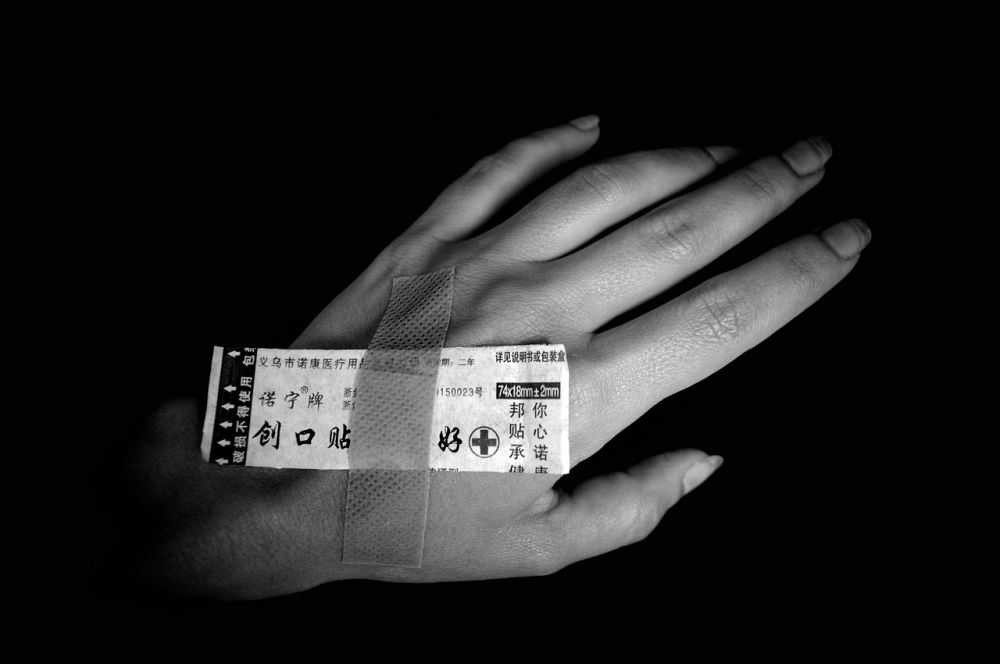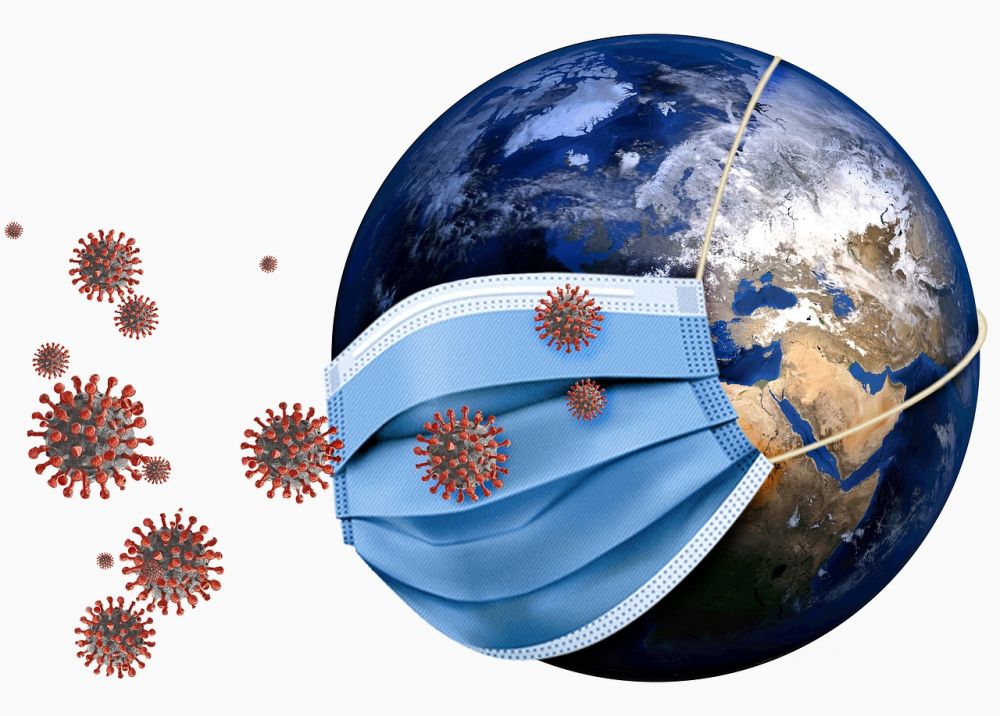Stephen Hawking's Disease: A Comprehensive Exploration

Introduction to Stephen Hawking’s Disease
Stephen Hawking’s disease, also known as amyotrophic lateral sclerosis (ALS), is a debilitating neurological condition that affects the nerve cells responsible for controlling voluntary muscle movement. This condition gradually causes these nerve cells to degenerate and die, leading to the progressive loss of muscle control, strength, and function. ALS is named after the British physicist and cosmologist, Stephen Hawking, who lived with the disease for more than five decades and became a renowned advocate for ALS research.
Understanding Stephen Hawking’s Disease

Stephen Hawking’s disease, ALS, can be classified into two main types: sporadic ALS and familial ALS. Sporadic ALS accounts for approximately 90-95% of cases and occurs randomly without any known genetic factors. On the other hand, familial ALS, which constitutes about 5-10% of cases, is inherited and can be traced back to specific genetic mutations. Both types of ALS share similar symptoms and disease progression.
Clinical Presentation and Popular Forms of Stephen Hawking’s Disease
ALS manifests in various ways, primarily affecting the muscles that control speaking, breathing, swallowing, and limb movement. The initial symptoms may vary from person to person, making ALS difficult to diagnose in its early stages. Common symptoms include muscle weakness, muscle cramps, twitching, difficulty speaking and swallowing, and eventual loss of voluntary muscle control.
One form of ALS that gained significant attention due to Stephen Hawking’s experience is bulbar-onset ALS. This subtype primarily affects the muscles of the bulbar region, which includes the mouth, tongue, and throat. Patients with bulbar-onset ALS often experience speech difficulties and swallowing problems earlier in the disease progression.
Quantitative Measures of Stephen Hawking’s Disease
Understanding the quantitative aspects of Stephen Hawking’s disease can provide valuable insights into its severity and progression. Various clinical assessments and scales are employed to measure the functional decline and overall impact on a patient’s life.
One widely used scale is the ALS Functional Rating Scale (ALSFRS-R) that evaluates the patient’s abilities in specific areas such as swallowing, speech, and limb control. This scale assigns scores from 0 to 48, with lower scores indicating more significant functional impairment.
Another measure frequently employed is the forced vital capacity (FVC), which assesses lung function by measuring the maximum volume of air a person can exhale forcefully. Monitoring FVC allows healthcare professionals to track respiratory function, which is crucial as ALS can eventually impact breathing muscles.
Differentiating Subtypes of Stephen Hawking’s Disease
While ALS is typically classified into sporadic and familial forms, there are additional variants that present slightly different clinical features. For instance, primary lateral sclerosis (PLS) shares similarities with ALS but primarily affects the upper motor neurons responsible for initiating voluntary movements. PLS progresses more slowly and does not result in the same degree of muscle wasting and paralysis as ALS.
Additionally, progressive muscular atrophy (PMA) is another motor neuron disease that is often categorized within the ALS spectrum. PMA selectively affects the lower motor neurons, leading to muscle weakness and wasting, but without significant upper motor neuron involvement. These distinct subtypes have varying disease trajectories and may require tailored treatment approaches.
Historical Overview of Pros and Cons of Stephen Hawking’s Disease Treatment
Over the years, research on Stephen Hawking’s disease has led to advancements in understanding the underlying mechanisms and developing potential treatment options. However, effective disease-modifying therapies remain elusive, and current treatments mainly focus on managing symptoms and improving quality of life.
Historically, medications like riluzole have been approved for ALS treatment, as they can extend survival by several months. More recently, the use of edaravone has shown promising results in slowing disease progression, although its availability and cost may be limiting factors.
Physical therapy, speech therapy, and assistive devices play crucial roles in maintaining functional independence and enhancing patients’ quality of life. Non-invasive ventilation can help manage respiratory decline, while feeding tubes and communication devices assist with swallowing and speech difficulties.
However, despite significant progress, there is still a need for further research and development of novel therapies that can halt or reverse the neurodegenerative process seen in Stephen Hawking’s disease.
In conclusion, Stephen Hawking’s disease, or ALS, is a devastating neurological condition that gradually robs individuals of their ability to control voluntary muscle movements. Understanding the various subtypes, quantitative measures, and historical perspectives of the disease is vital for improved diagnostics, treatment, and ultimately finding a cure. continued…





